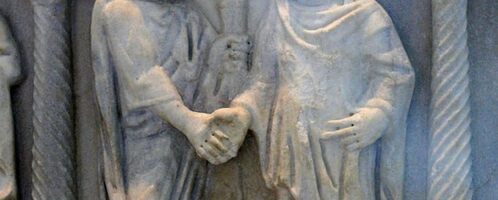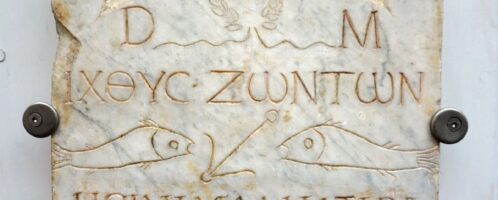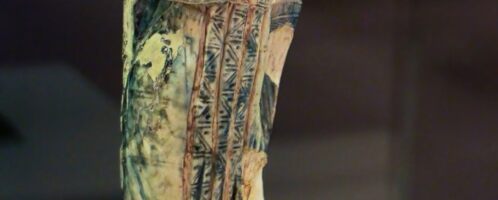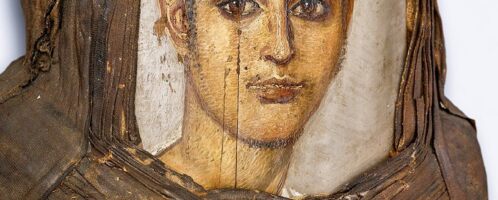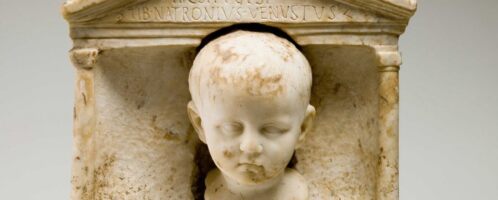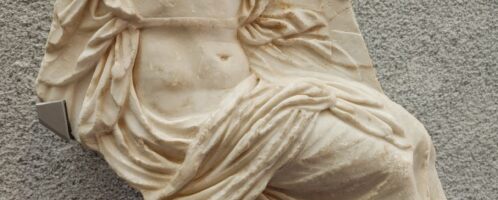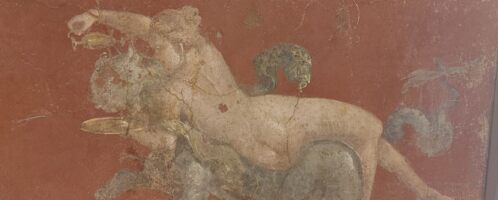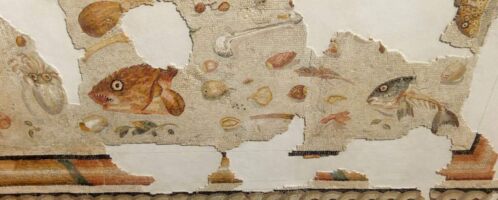Beards in ancient Rome
In ancient Greece, the main type of beard was a lush full beard. In Sparta, this is a complicated issue. Spartans are generally said to have had beards without mustaches. However, every depiction in art does not support this except in figurines where the beard is carved and the mustache is not.


